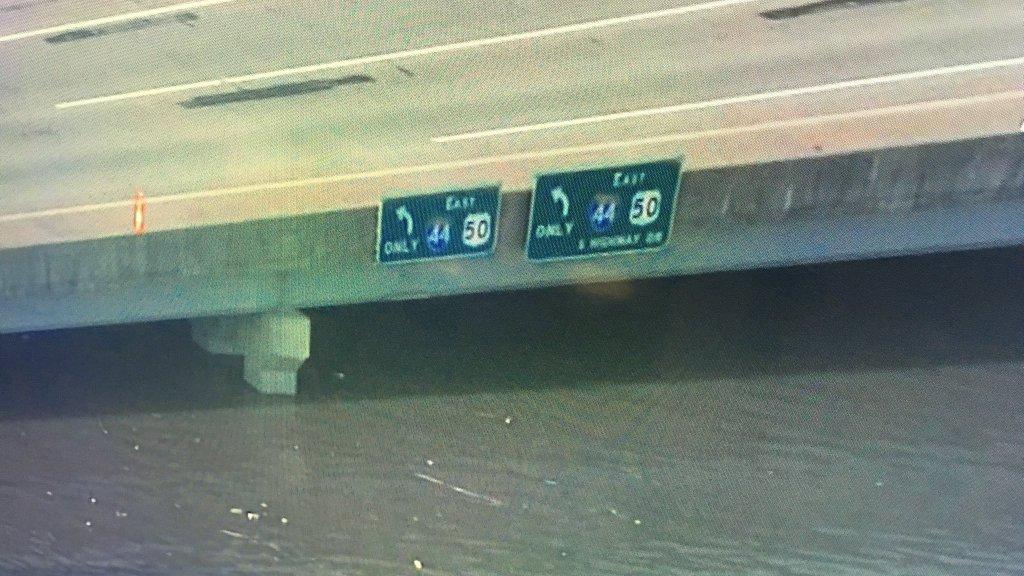


The study was inspired by an observation that there exists an apparent disconnect between two essential facets of pertinent research efforts: statistical modeling of crash risk on one hand and prescriptive modeling for decision making on the other. The goal of this study then, is to pull together and categorize the existing literature on different aspects of research relevant to enabling data-driven analytics approaches to traffic safety. Further, there has been a tremendous improvement in the variety and capabilities of data analytics tools and methods that can be applied to all steps of modeling (data collection, processing, prediction, or prescription). With the advances in information technology it is possible to collect ever increasing amounts of relevant data, such as comprehensive incident databases, real-time driving data feeds, or relevant factor characteristics (e.g., detailed historical and forecasted weather and traffic reports).

#44 EAST ST LOUIS TRAFFIC DRIVER#
This review focuses on data analytics approaches, which revolve around the idea of using data to characterize and predict traffic risk in order to prescribe better (safer) routes, driver assignments, rest breaks, etc. Ĭonsequently, there are multiple diverse streams of research dedicated to curbing such driving-related risks. According to the World Health Organization, “road traffic crashes cost most countries 3% of their gross domestic product.” In the U.S., it is estimated that the total value of societal harm from motor vehicle crashes exceeds $830 billion annually, which is equivalent to ≈4.4% of the country’s gross domestic product. In addition to the massive loss of life, motor vehicle (which is used to capture passenger cars, motorcycles, buses and trucks) crashes cause significant economic losses. For example, in the U.S., an estimated 37,133 people died in road crashes in 2017, which constituted a 7.5% increase from the average annual deaths recorded in 2012–2016. The increase in annual deaths is seen in low- and high-income countries alike. By 2030, traffic-related deaths are predicted to become the 7th leading cause of death worldwide. Perhaps more importantly, the incidence of such crashes and their severity are on the rise. The World Health Organization estimated that road injuries are the 8th leading cause of death worldwide, resulting in 1.4 million deaths annually. We show that (near) real-time crash risk is rarely considered, which might explain why the optimization models (reviewed in Part 2) have not capitalized on the research outcomes from the first stream.ĭespite the significant technological advances in motor vehicle sensing technologies (e.g., lane departure detection and collision mitigation sensing systems), road crashes have remained a pressing global health issue. Then, we review the statistical and machine learning models used for crash risk modeling.
#44 EAST ST LOUIS TRAFFIC CODE#
To overcome this issue, we present publicly available high-quality data sources (different study designs, outcome variables, and predictor variables) and descriptive analytic techniques (data summarization, visualization, and dimension reduction) that can be used to achieve safer-routing and provide code to facilitate data collection/exploration by practitioners/researchers.

Translation of research outcomes between these two streams is limited. From a data-driven bibliometric analysis, we show that the literature is divided into two disparate research streams: (a) predictive or explanatory models that attempt to understand and quantify crash risk based on different driving conditions, and (b) optimization techniques that focus on minimizing crash risk through route/path-selection and rest-break scheduling. This part of the review aims to reduce the start-up burden of data collection and descriptive analytics for statistical modeling and route optimization of risk associated with motor vehicles.


 0 kommentar(er)
0 kommentar(er)
